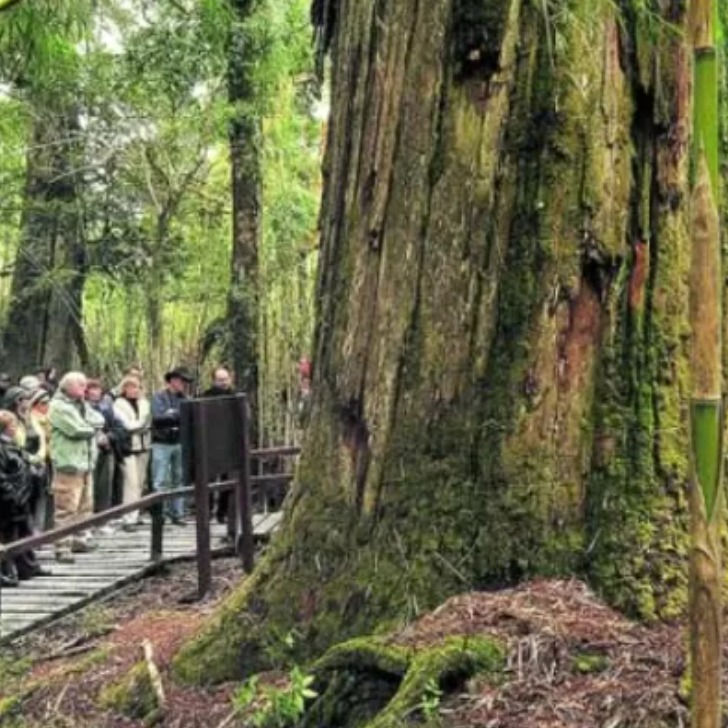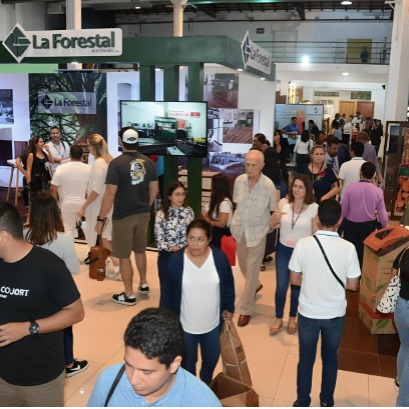
The oldest tree in Argentina: where is it and how to get there
The tree of more than 2600 years of age is considered part of the world heritage by UNESCO, survived volcanoes and fires and is open to the public. Where is it located and how to get there?
The longest tree in Argentina, nicknamed the grandfather, is a 2620 -year -old alerle who adapted to climate change and is located in Los Alerces National Park, in Patagonia. His geographical location, on the shores of Lake Menéndez, It was key to survive to global warming, volcanoes and fires. The once Alerce measures 57 meters high and 2.8 meters in diameter, and is, in turn, the second longest tree on the planet, behind the Pinus Longaeva that is found in the United States, according to the explanations of the National Park team. The longest tree in Argentina: how to get to the location of the allercellegar as far as the grandfather is, it has been navigating more than a navigation, and another of walking. From Esquel there is That moving about 100 kilometers, to the catwalk that crosses the Arrayanes river at the mouth of the Green Lake, to arrive at the Los Allerces National Park. From there they walk about a thousand meters to Puerto Chucao, from where you have to embark on a catamaran, navigate by Lake Menéndez, and finally walked in the allerzal, which is a forest where allerces coexist with arrayanes, lianas and small wild orchids on the banks of the swan river. The grandfather: how it became the oldest tree in the country the longevity of this Tree has to do, mainly, with its location. According to the experts, the Andes mountain range protected it, within the framework of a territory that is a practically unexplored forest, where there are no routes or electricity. And in that way, he survived all climatic adversities until today. The Los Alerces National Park is a natural and cultural beauty itself. So much so that UNESCO highlighted its high degree of conservation, and appointed it as world heritage. This great protected area that is located in the province of Chubut, Argentina, and limits with Chile by the West, was declared in 2017 as World Heritage Natural by Unesco. Precipitation grows a Valdivian jungle where Alerce or Lahuan stands out. These millenary trees are slow growth, and their specimens can live between 3000 and 4000 years in total and measure more than 70 meters.
IT MAY INTEREST YOU
 A study reveals that Amazon trees create rain in the drought with surface water
A study reveals that Amazon trees create rain in the drought with surface water
Even during the dry season, the Amazon jungle maintains the formation of rains by recycling surface water, which reinforces its climatic and ecological importance.
 What is the origin of the Amazon? Part of the answer could be related to the asteroid that ended the dinosaurs
What is the origin of the Amazon? Part of the answer could be related to the asteroid that ended the dinosaurs
On Amazon Day, which is celebrated every year on September 5, discover some of the factors that have joined to form one of the most complex ecosystems on the planet.
 Paraguay | Wood Expo 2025 opens its doors with the focus on sustainability and potential of the forestry sector
Paraguay | Wood Expo 2025 opens its doors with the focus on sustainability and potential of the forestry sector
From September 12 to 14, the 2025 wooden Expo will be held with more than 40 stands that will exhibit the diversity of forest and timber production in the country: seedlings, machinery, supplies, services, crafts and much more





















